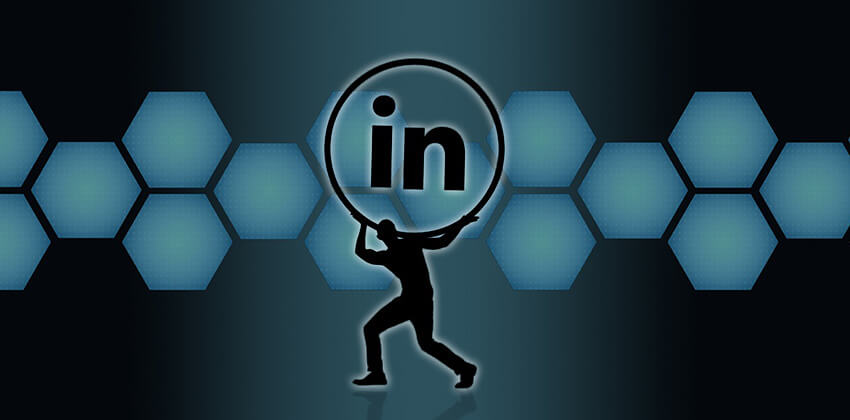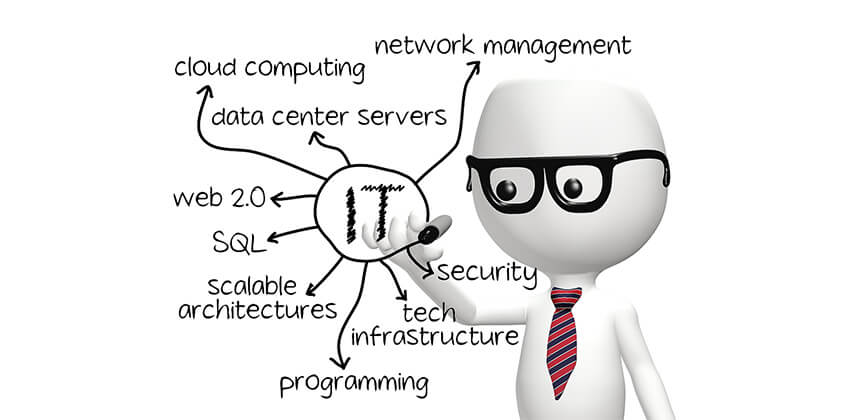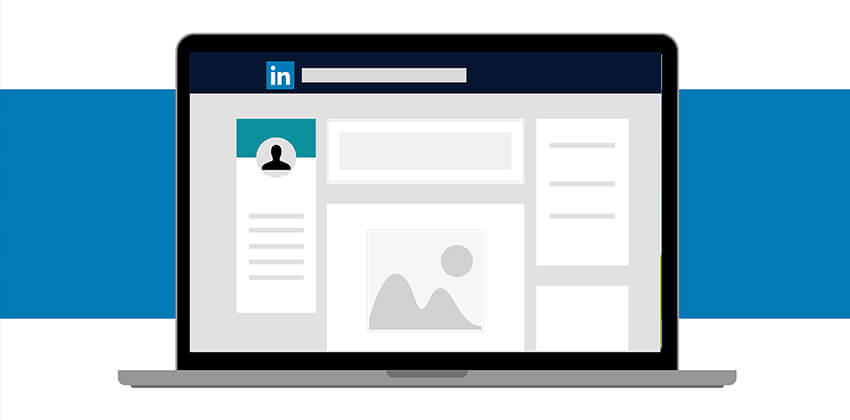
LinkedIn gives us the ability to find out who our contacts know, without asking them who they know. Imagine, the power of searching on the contacts of your contacts… It’s really quite amazing. Of course, it helps if your contacts have a lot of connections. In this article I want to share a few ideas on the how and why of building your own network in LinkedIn.
Why You Should Build Your Network
As you build your network you increase your ability to “find and be found.” The search results you see are based on your first, second and third degree connections. If you have five first degree connections, and you do a search, the results will be much more limited than if you have one hundred first degree connections.
Flip that idea around and think about others looking for you. They don’t know your name, but they might search for something in your profile, and as long as you are one of their first, second, or third degree connections you’ll show up in their search results. Again, if you have five first degree connections, there aren’t as many people in your network as if you had one hundred first degree connections.
Finally, having a large network (at least 50 connections) is required to have an “All Star” (complete) Profile. Complete Profiles are many times more visible in LinkedIn searches (by recruiters and others) than Profiles which are not complete. A large network also usually shows that you are getting more involved in LinkedIn, and adds some credibility to your LinkedIn strategy.
[MORE: Refusing or Accepting LinkedIn Connections?]
How to Build Your Network
Let others know you are in LinkedIn. One of the easiest ways to do this is to include your LinkedIn Public Profile in your e-mail signature.
Not only are you letting them know how to find your profile, you are subtly sending a message that you are open to invitations (since they will now know you are on LinkedIn, and probably the e-mail address you accept invitations at).
Be careful when using the mass invitation/connection tools on LinkedIn. While LinkedIn makes it easy to invite all of the people from your address books, it’s a great way to get penalized. If any of your contacts click “I don’t know (your name),” it goes against your record. If you have five people who click the “I don’t know (your name)” button, you won’t be able to invite people without putting their e-mail address in. It’s not a big penalty, but a penalty nonetheless.
As you think about growing your network, consider your “space.” I use the word “space” to refer to your geography, profession or industry. If you are in the aerospace industry, you should find others who are in that industry, as well as suppliers and customers in that industry. If you are an accountant, you should connect with other accountants, as well as professionals who typically interface with accountants.
Of course, don’t limit your network to your space, as adding diversity is good, but focusing on your space could be very beneficial.
LinkedIn Groups are an excellent way to connect with others in your various “spaces” — geography, industry, profession, etc. You can join up to 100 Groups, so you have many opportunities to find and make good connections.
After joining a new Group, check out the activity. Are the posts “on-topic” or junk? LinkedIn doesn’t run the vast majority of Groups. They are run by someone in the Group. Some Groups are well-managed and others are not. If the Group isn’t useful, run your mouse over the “Member” button at the top of the page, and it will turn into a “Leave” button. If the Group doesn’t seem useful, click “Leave” and find a better Group.
[MORE: How to Engage More Employers and Recruiters with LinkedIn Groups and How to Be a Successful LinkedIn Groupie.]
In conclusion…
There are some people who grow their network with no regard to relationships. Others only connect with people they “know and trust.” In my book I talk about these two philosophies as being on opposite ends of a spectrum, and suggest you should figure out where you fit. I doubt you’ll be on either extreme, but maybe you’ll be closer to one end than another.
Growing your network gives you real benefit. Now, who do you know that you aren’t connected with on LinkedIn yet?
[MORE: LinkedIn Basics for a Successful Job Search (and Career).]
About the author…
Jason Alba is the CEO and creator of JibberJobber.com, and author of I’m on LinkedIn – Now What??? After a corporate downsizing impacted Jason in 2006, he experienced firsthand the difficulties of conducting a job search. That’s why he started JibberJobber.
Don't forget to share this article with friends!




